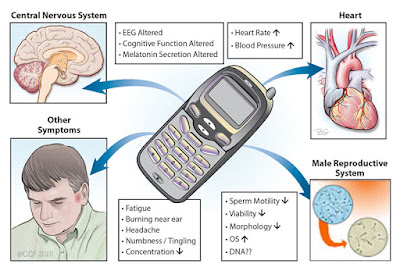Most people have heard of
ergonomics and think it is something to do with seating or with the design of
car controls and instruments – and it is… but it is so much more. Ergonomics is
the process of designing or arranging workplaces, products and systems so that
they fit the people who use them.
In our daily lives we see too
many workplace injuries that could be avoided. And prevention is better than
cure. Recent research has shown that lower back pain (spinal disorder)
is the world’s most common work-related disability affecting employees. Also, the results that came from
studies on the health effects of a prolong sitting have shown greater risk of premature
dying. From the list of health issues
that result from prolonged sitting, few among major ones could be:
i) Heart attack
Prolonged sitting has been linked to high
blood pressure and elevated cholesterol, and people with the most sitting time
are more than twice as likely to have cardiovascular disease as those with the
least.
ii) Diabetes
Cells in idle muscles don't respond as
readily to insulin, so the pancreas produces more and more, which can lead to
diabetes and other diseases. A 2011 study found a decline in insulin response
after just one day of prolonged sitting
iii) Spinal injury
When
sitting in an office chair for a long period, the natural tendency for most
people is to slouch over or slouch down in the chair, and this posture can
overstretch the spinal ligaments and strain the discs and surrounding structures
in the spine. Over time and incorrect sitting posture can damage spinal
structures and contribute to or worsen back pain.
“But
that’s nature of my job.. there is no way to avoid work without sitting for
considerable duration”- that’s what you have thinking after all, right? But here are few tips that you can follow to
avoid falling for ergonomic hazards:
v
Stand Up for Your Spine
If you don’t have a sit-stand desk, you can still address situation and protect your spine. Consider these tips:
If you don’t have a sit-stand desk, you can still address situation and protect your spine. Consider these tips:
- Do some work standing at a high table or counter.
- Rather than having a meeting in a conference room, invite your
coworkers to walk laps during your discussion.
- Set a timer for a stand-and-stretch break every 30 minutes.
- Visit a coworker in person as opposed to emailing them.
- Park your car a bit further from your office to sneak in some extra
steps.
- Take a short walk during your lunch break and don’t keep water
bottle near your table.
- Sitting upright in chair and ensure use of adequate chair that supports natural curve of spine else lumbar support can be used to support lower back for correct posture.
- Both feet should be resting flat on floor with slight fingers gap between seat edge and knee back
- Sit closely to your desk so that your upper arms are parallel to your spine, avoid leaning forward.
- Use of an armrest on your office chair is important to take some of the strain off your upper spine and shoulders, and it should make you less likely to slouch forward in your chair.
- Adjusting brightness of your screen to avoid glare and reflection that could result in compromised posture and eye strain as well
- Use of wireless mouse and keyboard with wrist support
- Adjusting eye level- your gaze to meet at top of your screen. If your computer screen is higher or lower than your gaze. Use laptop holder for right height and reduce strain on the upper spine.
- Know you know it!

Share your feedback ans stay tuned for more on HSE Articles!



































